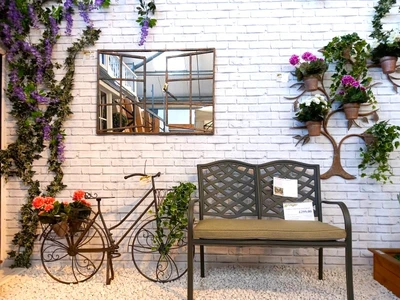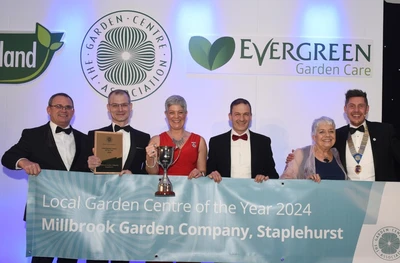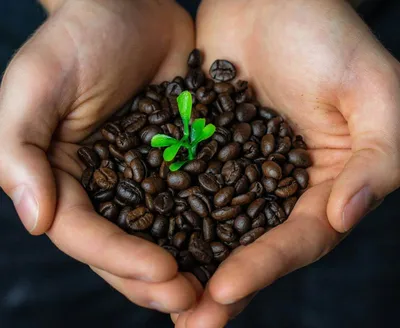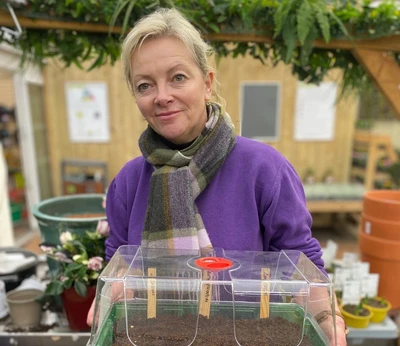
Within my role as past Chairman of the Garden Centre Association I've been part of a team working with the RHS to support customers to switch to peat-free growing. The RHS have committed to only stocking peat-free compost, and are working on making all their gardens peat-free. At Millbrook we stopped selling peat based composts in 2022 as we too are committed to making this change. It's likely there will be legislation in the next 12 months banning the sale of peat-based composts altogether and so as an industry, and as gardeners, we all need to embrace this change and learn how to get the best from peat-free growing material.
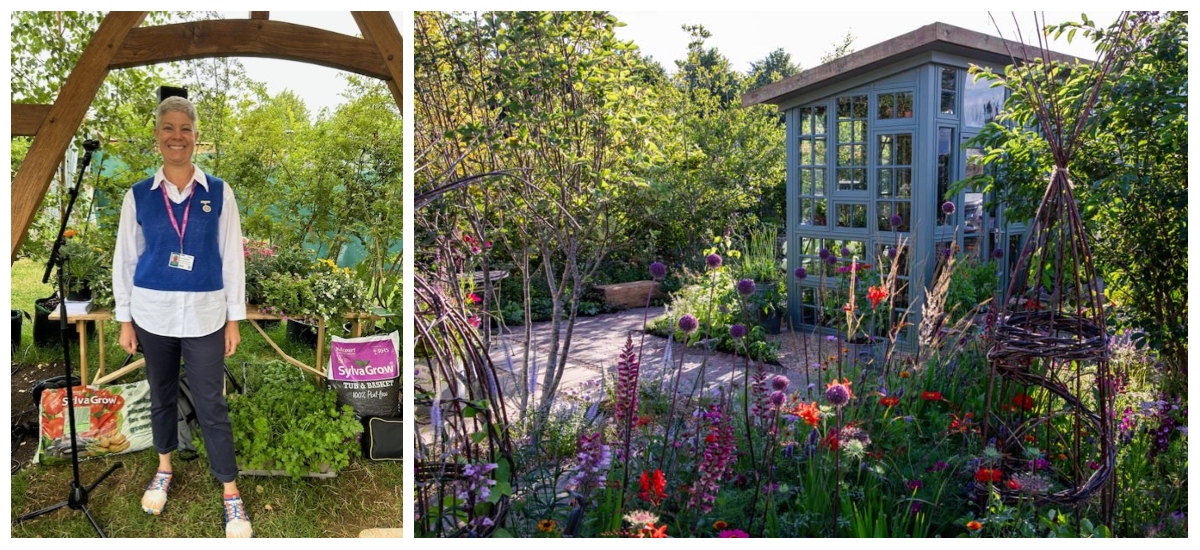
Photos: (left) Millbrook's Tammy Woodhouse, (right) image credit RHS.
This Summer I was invited to Hampton Court to speak at the RHS peat-free garden about how to get the best results from peat-free compost. I was delighted to have this opportunity and to visit the show at the same time.
The garden was designed by Arit Anderson using recycled materials and naturalistic planting. The concept was to mimic an untouched peatland before transitioning into a domestic garden, with shade and sun-loving borders. I enjoyed walking through the garden – starting with the story boards explaining why peat is such a valuable material, and why we need to preserve our peat bogs. As one of the top 10 countries in the world with natural peat bogs we should be protecting these unique landscapes and the wide variety of flora and fauna they support. More carbon is stored in peat bogs than in the rain forest, and they take thousands of years to form so it's important to preserve the ones we have. The planting combinations in Arit's garden were lovely and I liked the transition from hot tropical coloured beds to cool blue and purple tones.
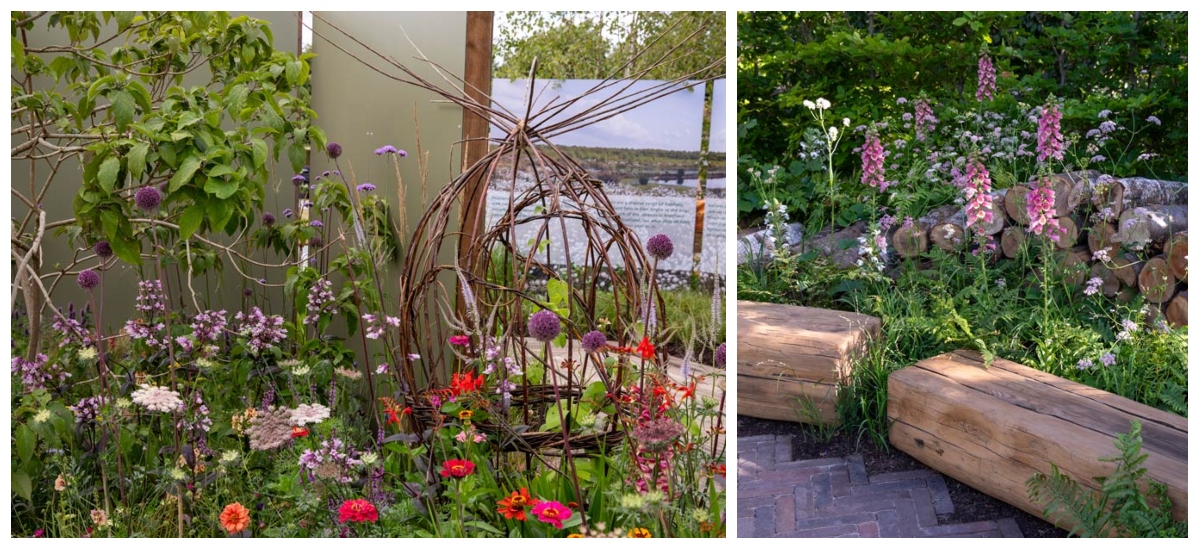
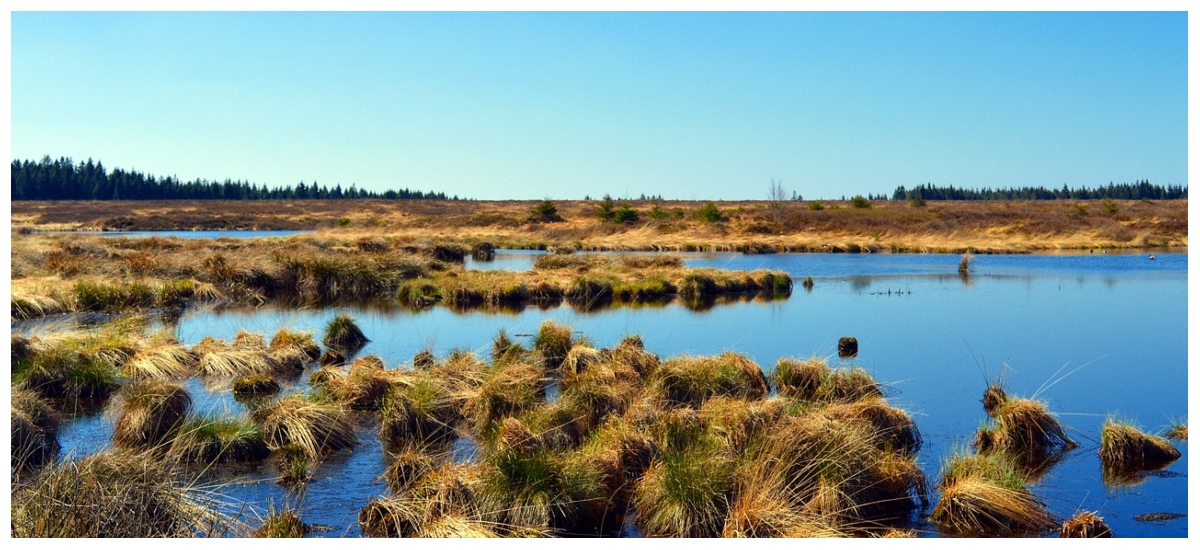
Photos: (top) image credit RHS, (bottom) image credit Marisa04 from Pixabay.
It's true there have been challenges removing peat from compost. The reason it's such a good growing medium is because it has taken so long to form, giving consistent material that is easy to use and great for plants. It's been hard to replicate this stable material and manufacturers have been working on trialling and testing different substrates to give the same growing quality and consistency. If you tried peat-free compost a few years ago and struggled I would say it is worth giving it another go as there has been dramatic improvements in the quality of products on offer.
In order to get the best from your peat-free growing here are my top 6 tips:
1. Use a good quality peat-free compost from a reputable manufacturer.
We stock Melcourt, Westland and Levington composts – all of which have gone through independent growing trials and extensive research to get the best results. It's worth spending a bit more to get quality over quantity.
2. Use the right compost for the right job.
Peat-free compost has been blended from a mix of different materials with additives to support different plants. Use seed compost for planting seeds and baby plants, a mix with John Innes for shrubs and perennials in pots, specific hanging basket compost as it has better moisture control properties and ericaceous for acid-loving plants. Ask our team in-store for advice if you are not sure which compost will suit your project.
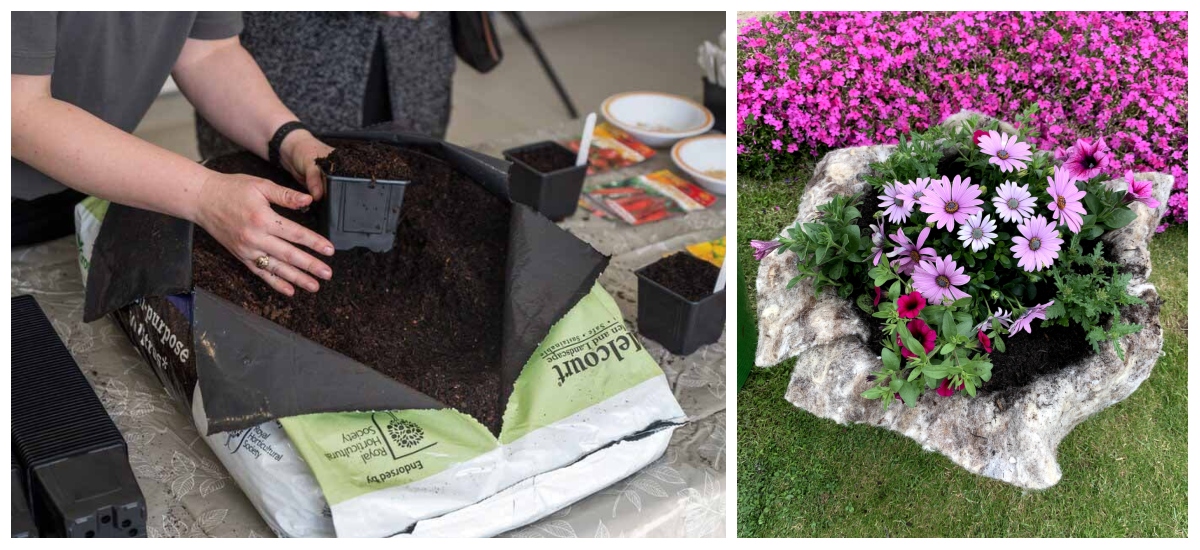 Photos: (left) image credit RHS, (right) Millbrook peat-free hanging basket.
Photos: (left) image credit RHS, (right) Millbrook peat-free hanging basket.
3. Watch the watering!
Peat-free compost can look dry on the top but if you push your fingers in to the soil it will still feel moist underneath. Feel the weight of the pot and only water when it has dried out. I think there is a tendency to over water peat-free pots and this can lead to more damage than underwatering.
4. Plants in containers
If you are using peat-free compost in your pots then your plants may need feeding more regularly than in peat-based composts. Feed with a good quality fertiliser and look for those that have been developed for peat-free compost such as Westland's Boost or Ecofective's peat-free feed.
5. Mix it up
Don't rely solely on bagged composts in your garden. Save money and resources by combining peat-free compost with organic matter such as homemade compost, bark or mulch. I have been using Strulch on my garden which is made from mineralised straw. It's great at adding organic matter, keeping the water in the soil and also helps to keep the slugs away.
6. Use it when it is fresh and don’t store it for too long
Peat-free compost can break down in the bags. Use it when it is fresh and don’t store it for too long. Some bags have the date of manufacture on them so look for this. Bags for sale in garden centres will tend to be fresh as the turnover is so quick. Better to buy little and often and when you need it rather than saving it at home. Don’t be worried about mushrooms growing either – they are a sign that the compost is breaking down, but the mycorrhizal activity is good for plant roots and growth.
So if you didn’t make it to Hampton Court to catch my talk in person the main message is to embrace peat free growing – its here to stay and you can get great results if you follow this advice and find a peat-free compost that works for you.
For more peat-free growing tips watch this video from our friends at the RHS and Garden Centre Association: RHS x GCA Peat-Free Top-Tips
Where to next?

